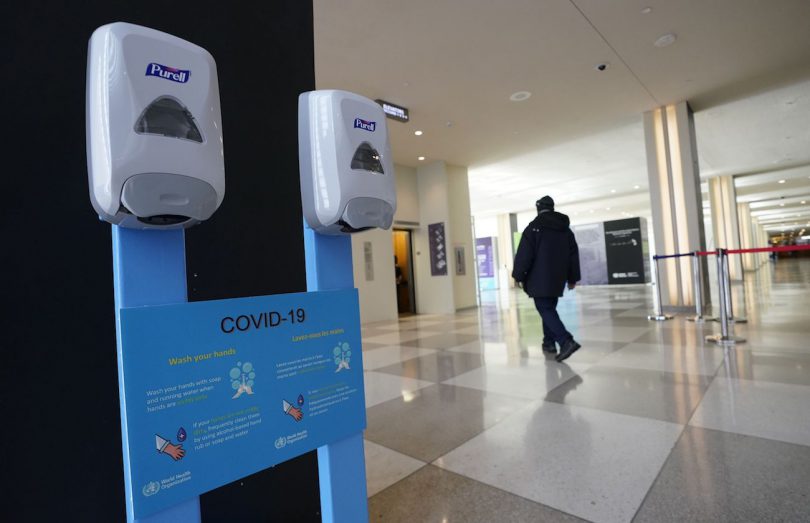As the number of confirmed cases of the novel coronavirus (COVID-19) increase across the country, businesses of all sizes face potential disruptions in the weeks ahead.
Health officials are still gauging how widespread the virus might become in the United States. (As of March 6, the Centers for Disease Control and Prevention reported 12 virus-related deaths in the United States.) Organizations are continuing to examine how their employees, operations, stakeholders and communities may be impacted.
“These types of things can throw a company into chaos,” said T. Garland Stansell, APR, PRSA’s 2020 chair. “It’s in those instances when you’re learning and living, all at the same time, and dealing with the breakneck speed of the news cycle.”
Being proactive
For communications professionals, it’s imperative to be proactive and bring together key people within your organization for planning and strategizing sessions. You need to be at the front of a possible crisis and not rushing to catch up should the situation get worse, said Stansell, the chief communications officer for Children’s of Alabama, the pediatric health system in Birmingham.
Keeping your employees, clients and customers informed will help keep the focus on what’s currently happening and allow you to tailor your strategy as new developments occur, such as changing work-from-home policies or curtailing nonessential business travel — steps that corporations from Facebook to Microsoft have already taken.
Stansell said there are several tactics that communications professionals should use for reaching key stakeholders, including emails, internal memos, conference calls and social media. Regardless of the channel, he said that the biggest consideration is in the consistency of messaging and tone across the organization.
A lack of details and the dread of the unknown can be concerning and upsetting for your audience during a virus-related crisis such as this. It’s important to help them feel less anxious and more informed. Don’t employ any tactics that fuel hysteria, and be mindful in all communications, avoiding subjective adjectives and alarming language. Stick to the facts and consult only trusted sources such as the CDC, the National Institutes of Health or the World Health Organization.
“There are several local and national agencies with the experience and expertise with the coronavirus, and they have assembled a wealth of information to explain what is happening in real-time,” Stansell said. “It is a challenge to cut through all the noise, which is why it’s important to provide access to reputable news sources and be available to field questions as they arise. You must remain calm, gather the facts and make informed decisions.”
Providing updates
Safeguarding the health and well-being of your employees is crucial, Stansell said.
“Demonstrate that you are taking the issue seriously and provide frequent updates and access to resources that help explain how the situation may impact them personally, as well as their day-to-day job responsibilities,” he said. “Address special needs and make accommodations as necessary, while also being visible with the steps you are taking to reinforce your active role in the ongoing situation.”
Depending on the organization and the audience you’re speaking to, ensuring that the message is distributed and received is often more important than who is delivering it, Stansell said.
In some cases, it may make more sense for top executives to deliver certain messages, while in other instances, it’s acceptable for your HR department or company spokespeople to communicate statements.
“The key is that everyone is speaking with the same voice, regardless of who is representing the company,” he said.
In addition, communicators must be prepared for the ongoing breaking-news cycle. Stansell said that it’s vital for organizations to take a more calibrated view of the nonstop headlines.
“The media can be very helpful in sharing accurate and timely information, but we all recognize we’re operating in a news cycle that changes second by second,” he said. “It’s important to have a clear understanding of the rhythms of the press and present information that is responsive, but that isn’t sacrificing accuracy or the organization’s credibility.”
John Elsasser is the editor-in-chief of Strategies & Tactics. He joined PRSA in 1994.
Photo credit: AFP








Amidst this global pandemic, it is vital that communications professionals are proactive in planning a strategy. I like what you said about keeping up with the crisis and tailoring the strategy to each new development. I agree that it is very important to be mindful of all communications, especially in a virus-related crisis such as COVID-19.
-Macy Krauthamer, writer/editor for Platform Magazine